The top 5: Starting points for an optimal SIAM operating model
What does SIAM bring?
We are often asked this question, and rightly so. It is also the question that IT managers are asked by your management. What does it save us? What goes better after that?
We will present extracts of the areas where the course can be set and screws turned and which are tackled by service integration and management. Play this mind game through with your company, and if you have one or more areas where you say “yes” out loud, then let us know.
1. Expectations: Expectations of the stakeholders for IT services
Do you know your customers, their expectations of IT services and the value you provide for your, mostly internal, customers? The question may sound banal, but the tasks and requirements for IT organizations have increased rapidly in recent years. From sourcing and cloud computing to IoT to IT security and digitization, the tasks have become more and more complex. And everything has to happen quickly. Everything is ok as long as it works, but if an expectation is not met, this can usually be felt at all levels in the organization. SIAM is a model that focuses on the customer, the environment and the interaction of all parties involved in service provision. Are the expectations and requirements of the customers for a service that is provided by several service providers fulfilled? How and where do I get the feedback from? How do I deal with it then?
2. Management: corporate strategy, vision & goals in harmony
The next logical step is to align customer expectations with corporate strategy. Are these in line with our corporate strategy? Should we perhaps re-prioritize some things and drop others for the time being and rather change something about expectations?
3. Sourcing strategy: Too many or too few partners or contracts?
4. Processes: lengthy or nonexistent?
Whichever side you end up on, it is usually never the middle. Processes are either too lengthy, with many coordination stages and hurdles, or they are informal or nonexistent. It is important to look at the processes in their current status, to consider how they should be, to align them with the goals and to introduce measurability. In an environment with several service providers, there is an additional dimension – the end-to-end view of service provision. Is the process set up consistently across all participants in the supply chain? Do the process indicators reflect the expected benefits for the customer, such as the defined availability of a service?
5. Tools: What do I need to keep track of things?
The tools used are a central component in every SIAM sourcing model. Starting with the ITSM tool, discovery, monitoring, etc. The decisive question is which one should work with, whether in a service provider or in one’s own. Who has sovereignty and control over the data? How do the tools used interact? Do you enable a smooth process flow? The right strategy and the appropriate tools are more important than ever today. You don’t necessarily have to participate in the support processes that are mapped in the tool. The added value is, however, that real-time process integration gives you access to all data, so you can maintain an overview and control.
SIAM offers answers to the most important questions in each of these areas and shows how things can be set up and optimized in a multiprovider environment.






